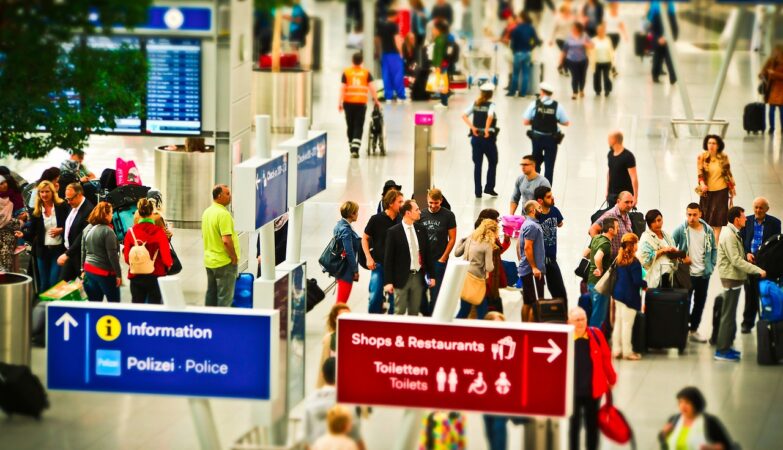The Internet communication cable connecting all the countries in the world which is deep under the sea has been damaged again on 20-12-08,near to Calais, France. The cables – Sea Me We 4 (SMW 4), Sea Me We 3 (SMW 3) and FLAG EA – run under the sea between Egypt and Italy and carry 90% of all data between Europe and the Middle East. the damage in the cables is seriously disrupted more than half of web and telephone services between Europe, Middle East and Asia on Friday, the effect states are
India 82%, izrial 52% Qatar and the United Arab Emirates 68%, Pakistan 51%, kather 73%,Maldives is 100% down. the effcts of this damage are Blank calls, jarring voice traffic and a slow Internet connection.
SMW 4 and cables were also damaged earlier on 30- jan-2008 in the Mediterranean. While speculation is rife, investigations revealed that one of the cuts was caused by a ship’s anchor.
Kuwait’s Ministry of Communications said the damage had affected internet service and some international communications in the Gulf state, state news agency KUNA reported.
The ministry said it had “contacted local, regional and international parties to secure communications’ alternatives to provide the service”.
France Telecom spokesman Louis-Michel Aymard was quoted by newswire AFP as saying the cuts were unlikely to be an attack. He said the cables could have got caught up in trawlers’ nets or there could have been an underwater landslide.
“one of the cables seems to have been severed, while the other two seem to have been only partially cut.
The cables are jointly owned by several dozen different countries. One of the cables is 40,000 km long and links 33 different countries while a second is 20,000 km long and serves 14 states.
We saw a very small drop on Tuesday, but insignificant in terms of normal traffic. All the operators have resilient networks and the traffic was just routed elsewhere,” said Vanessa Evans [cq],
a spokeswoman for LINX.”Internet traffic finds its own routes,” she said
Virender Singh, manager, IT, at NIIT SmartServe Limited, explains that the BPO has three layers of redundancies (alternatives) in internet that cushioned the impact of slow connectivity. “The Bharti circuit was heavily degraded. We survived because of our Tata and VSNL circuits,” he says. He also stresses on the fact that an alternative cable system enabled them to restore traffic via the Pacific route. “Otherwise, we would’ve missed our client SLAs (Service Level Agreements) and that’s a scary thought.”
Chharia warns of packet losses and high latency on the Pacific route due to a diversion of traffic from the Atlantic route to the Pacific. “There could be greater packet losses, especially in data, unless the service providers become active and increase the capacity on that route,” he says. Currently, there is a delay of around 400 milliseconds for European packets.
Siva Kumar, senior manager, telecom, at NIIT SmartServe, fervently hopes the cables will be up and running soon. “Almost 50% of our telemarketing transactions on Friday were either blank or broken. This can’t be good for business,” he says.
Larger BPOs claim the breakdown will not lead to an interruption in business. “Our services are as smooth as ever,” says Nittan Bhalla, associate vice-president, Wipro BPO, explaining that the company also has access to an alternative route for internet and voice traffic. BPOs as well as entrepreneurs in the travel and hospitality business are anxious about the interruptions that have added to their woes of erratic business in recessionary times.
Posted by
Bhanu Prasad (www.smsworld.tk)
Related Posts











